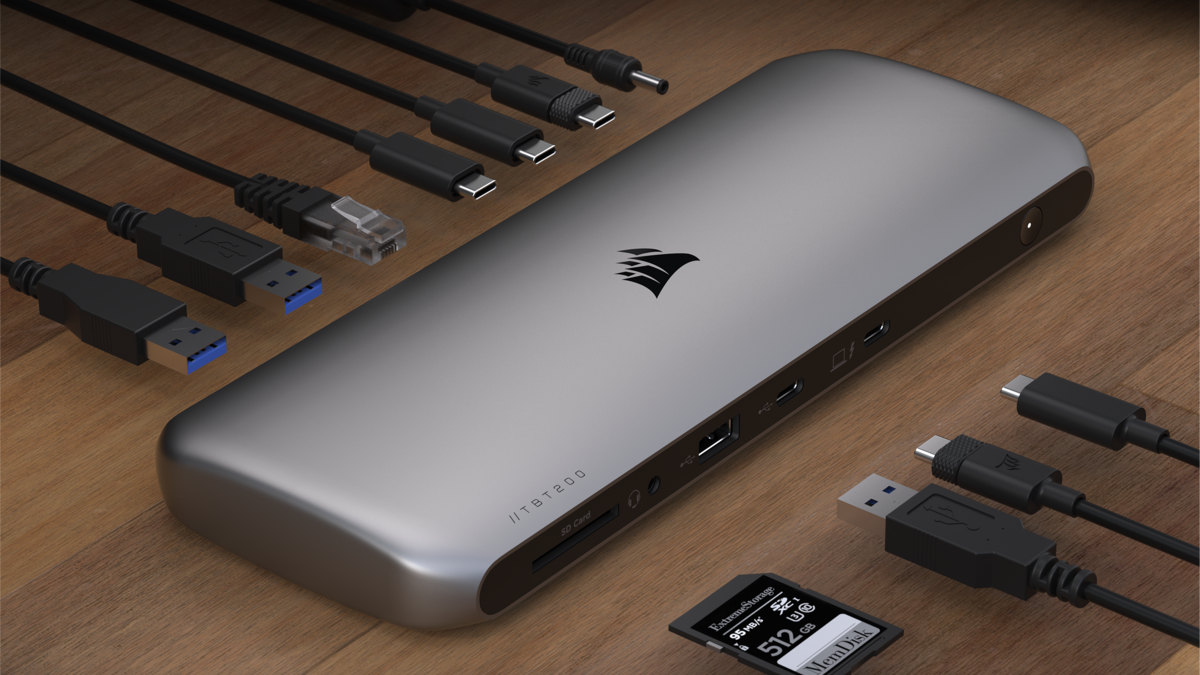Our Verdict
It may be expensive, but the Corsair TBT200 is basically the Rolls Royce of docking stations. You get 10 ports in total, plus passthrough charging, support for Thunderbolt 4, and the ability to connect two 4K monitors at once, at 60fps. All in a light and portable aluminium box that's easy to set up and use. If you only want to connect a couple of devices, it's overkill, but if your laptop's short of ports and need to expand your options, there's an lot to like here.
For
- 10 ports
- Supports Thunderbolt 4
- Passthrough charging
- Connect two 4K monitors
- Easy to set up
Against
- Overkill for casual users
- Clunky power brick
Why you can trust Creative Bloq
Dimensions (dock only): 8.74 x 3.27 x 0.99in / 22.2 x 8.3 x 2.5cm
System requirements: Mac OS 10.14 Mojave or later, Windows 10 or later
Thunderbolt ports: Thunderbolt 4 (one host facing, three downstream facing)
Power delivery: Up to 96W for host laptop, up to 15W for USB-C/Thunderbolt ports, up to 7.5W for USB-A ports
USB ports: USB-A SuperSpeed 10Gbps (3), USB-C SuperSpeed 10Gbps (1). Note: Thunderbolt 4 downward-facing ports also support USB-C connections
Video output: up to two 4K/60fps, via included or separately available cables (USB-C, Displayport or HDMI, in any combination)
Ethernet: 2.5G Ethernet Port
Audio: 3.5mm combo port, 24-bit 192kHz
Lock management: Kensington Security Slot
Media reader: SD Card Reader, UHS-II (1)
The Corsair TBT200 fills a growing gap in the market: ports. It's incredible how thin some ultrabooks can be these days. That's fantastic for both aesthetics and portability, but there is a drawback. And that's lack of ports for connecting up your devices.
For example, the MacBook Air is a great computer, but it only has two USB-C ports, a 3.5mm headphone jack, a MagSafe 3 charging port... and that's it.
So if you've invested a lot of money in one of the best lightweight laptops, but cannot plug in all the devices you need, it may be worth buying a docking station to expand your connectivity. This kind of device plugs into your computer, taking up one of its ports but giving you many more in return.
The Corsair TBT200 Thunderbolt 4 Dock is at the premium end of the market, with a price to match: $319.99 / £289.99 at the time of writing. In return, you get a total of 10 ports, and support for Thunderbolt: a standard built into the latest USB-C ports which provide the fastest of speeds.
But is this the best docking station for MacBook Pro or similar ultrathin laptops? We put one to the test to find out.
Corsair TBT200 Thunderbolt 4 Dock review: Design and build
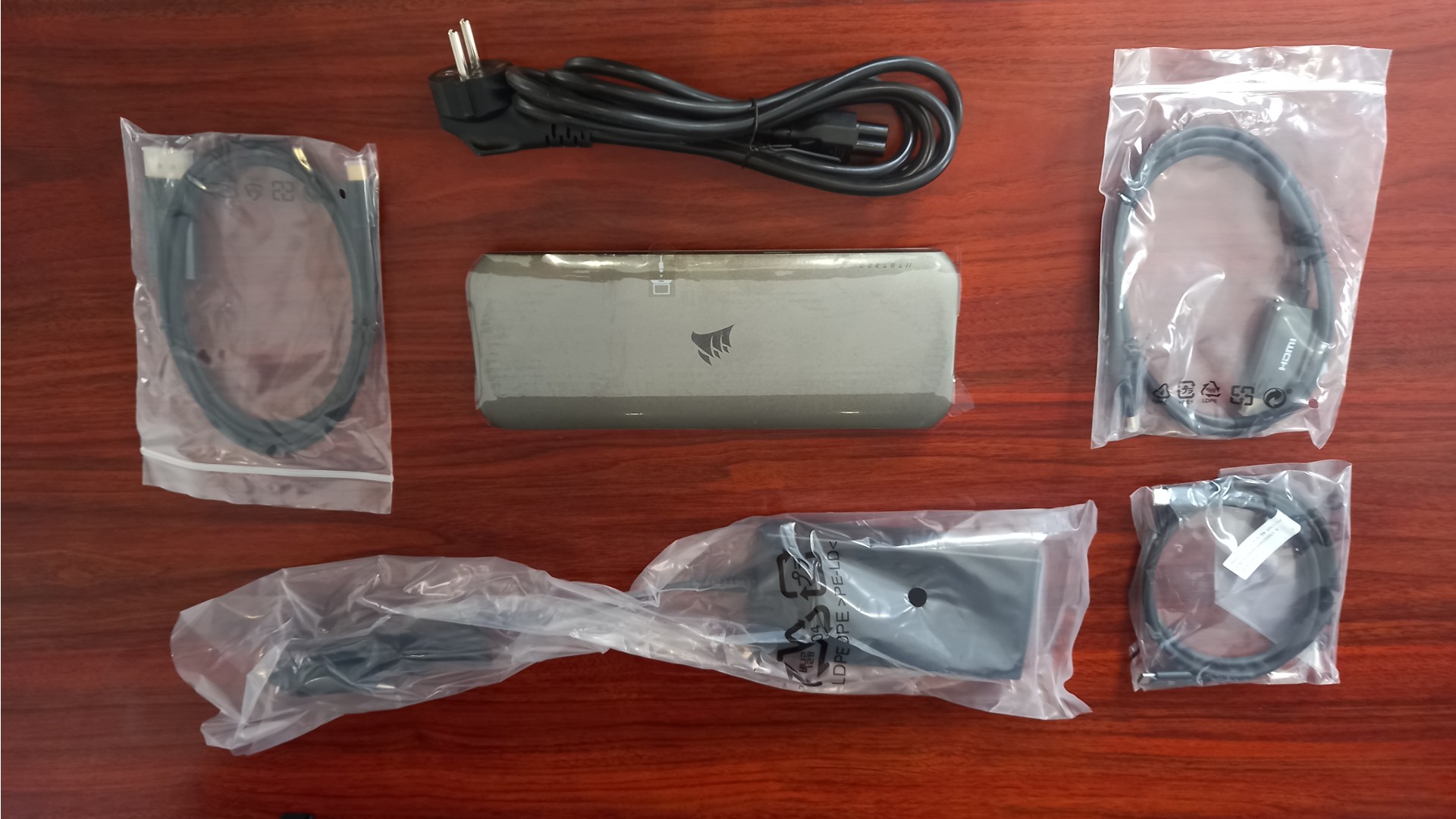
The first thing that hits you when you open up the box the TBT200 comes in is quite how many cables are included. Along with the dock and the power supply, you get a 2.6ft/80cm long USB-C cable, which supports Thunderbolt 4; a metre-long USB-C to DisplayPort cable, and a metre-long USB-C to HDMI cable.
That's great on two levels. Firstly, it saves you a fair bit of money compared to having to buy these leads all separately, putting the overall price into perspective. And secondly, it opens your eyes to just how many connections are possible from this sophisticated dock.
Daily design news, reviews, how-tos and more, as picked by the editors.
The dock itself is relatively small and light, considering how many slots it manages to pack in. Everything is contained within a titanium-grey housing made from anodised aluminium, and it looks and feels a bit like a metal pencil case. It fits nicely in the hand and any bag you need to carry it in.
What's a bit heavier and more cumbersome, though, is its power supply, which features a pretty hefty power brick. The cable is nice and long, though, so at least you can spread out the weight and space it takes up. And remember, this doesn't just power the dock but can provide 96W of passthrough charging to your laptop too.
Features
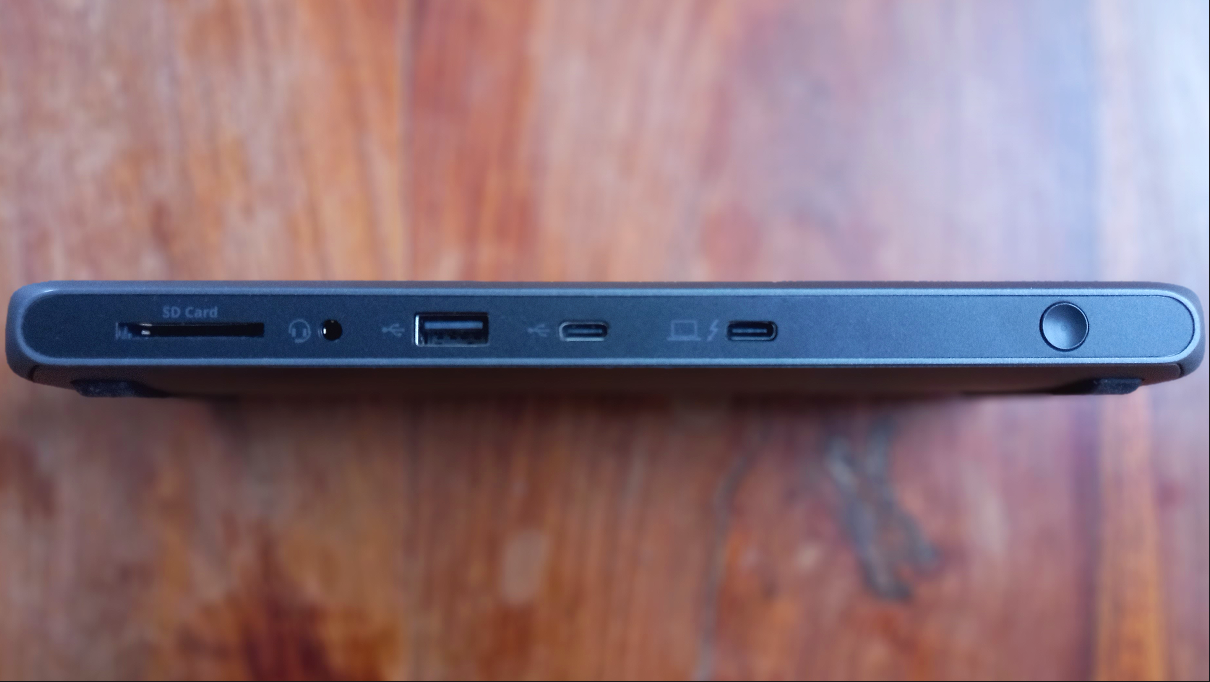
The TBT200 offers an impressive array of connections, spread across the front and back of the device. Those with the most up-to-date laptops will probably be most excited by the prospect of three spare Thunderbolt ports (note: the fourth is for connecting to your computer). Usefully, these are distinguished on the case with a lightning-bolt symbol.
Each of these can transfer up to 40GB of data per second. That makes them perfect for fast devices like PCI Express devices (including graphics adapter cards, network interface cards and storage accelerator devices) as well as monitors. Specifically, you'll be able to link up two 4K monitors simultaneously, with HDR at 60Hz.
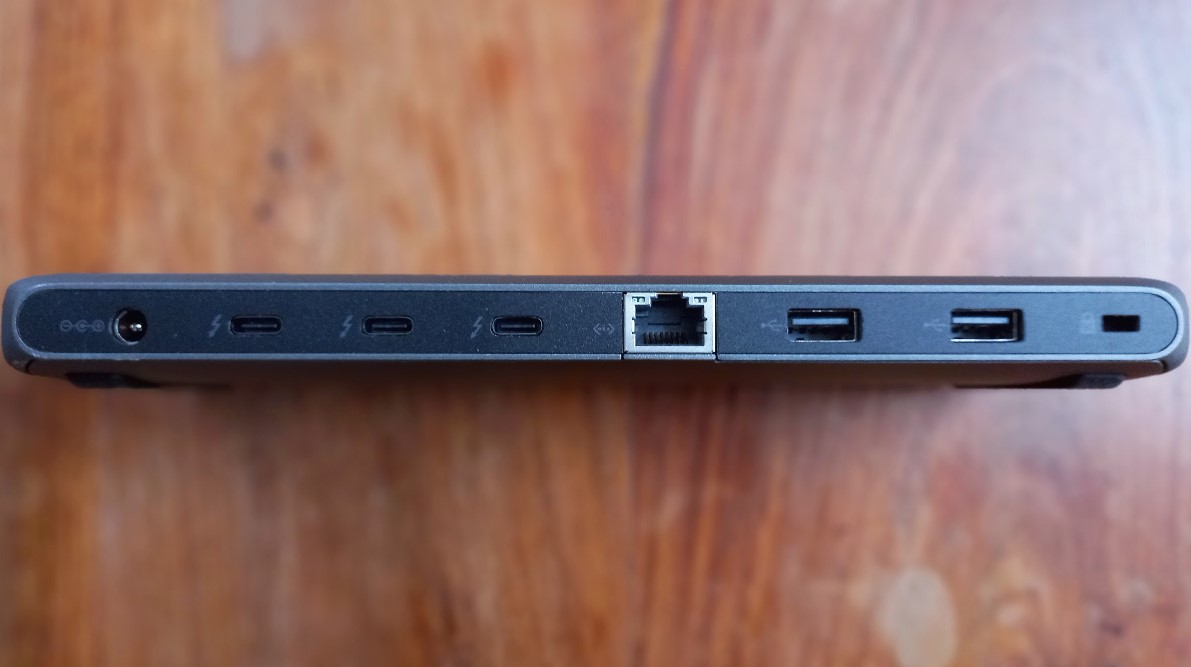
And that's just the start. You'll also find another, non-Thunderbolt USB-C port. For your older devices, there are a generous three USB-A ports. Both these and the USB-C port provide 10GB of data per second, which is much slower than Thunderbolt, but fast enough for most purposes.
There’s also an SD card reader, a 2.5 GHz Ethernet port, and a combined audio output that can act as both an input and output. Plus there's a Kensington slot, for added security.
Performance
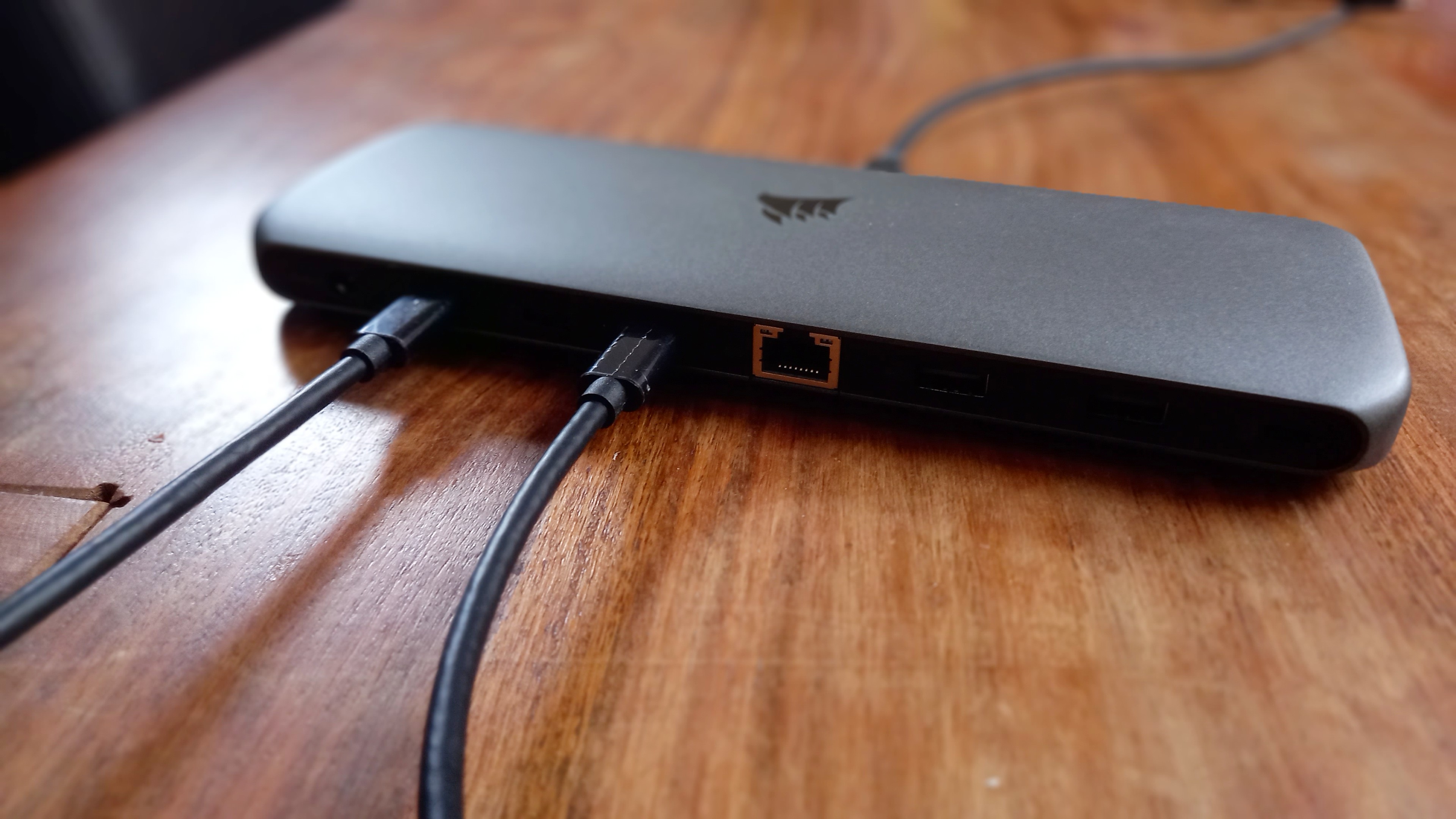
One of the reasons to spend money on a dock is the sheer convenience. So you certainly don't want a lot of faff setting it up. Thankfully, with the Corsair TBT200 that's very much not the case. It truly is a case of plug (in) and play. There are no drivers or software to install: the thing "just works" once you've connected the power and added the appropriate leads.
I tried it out with a range of devices, and everything worked seamlessly. Having the connection to the computer on the front, and the other Thunderbolt 4 ports on the back, makes a lot of sense and helped reduce clutter and chaos on my desk. And quite simply, I couldn't conceive a situation in which an average person would need more ports than you're provided with.
The dock sometimes gets warm, but never hot, and I've experienced no drop-off in connectivity throughout my time using it. This is kind of frustrating, as reviewers expect to find at least small niggles to report, but ultimately, in terms of performance, I've found nothing to criticise here.
Should you buy the Corsair TBT200?
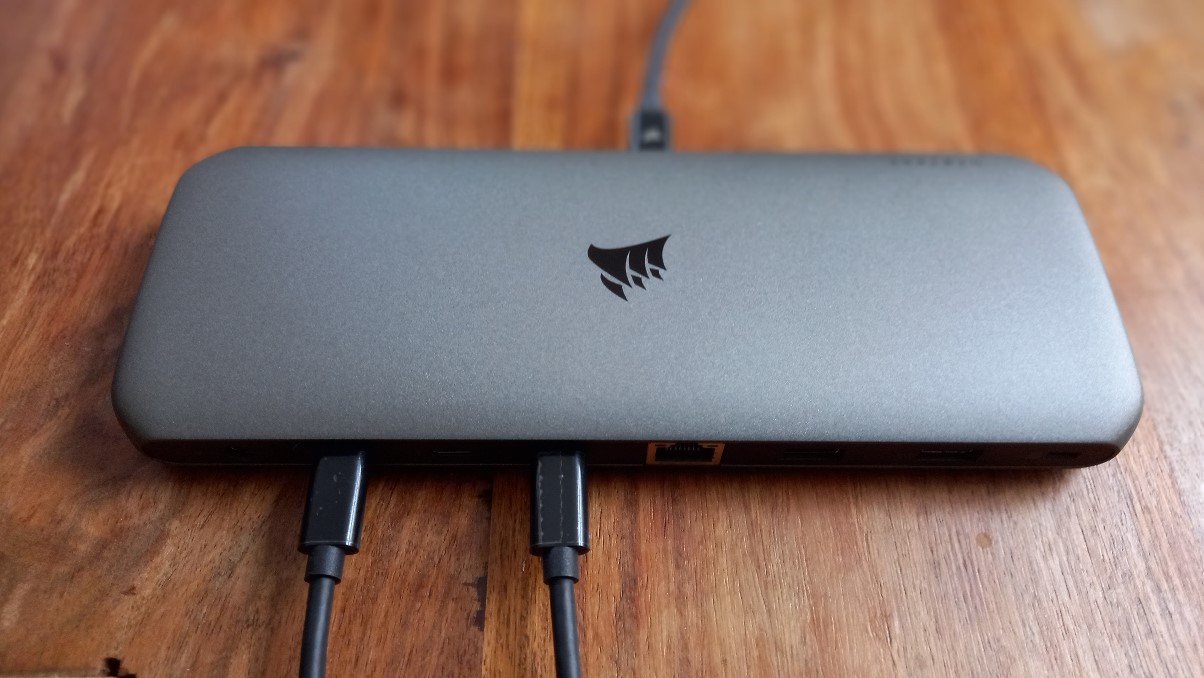
As you should have gathered by now, I can find very little bad to say about the TBT200. This is a premium dock that supports Thunderbolt 4, offers a huge number and variety of ports, and all in a small and light package that's simple to set up and use.
Yes, the power brick is surprisingly big and clunky. And okay, some people might not find this dock fits their specific needs. But for most people, there are more than enough ports here to connect everything you need to your laptop.
The only real downside to the TBT200, then, is the price. It's a fair one for what it offers, and compares well with rivals such as the Kensington SD5700T and CalDigit TS4. But if you only really need to connect a couple of devices, such as an external hard drive or a mouse, this sophisticated dock is going to be overkill, and you'll be better off with a simpler USB hub, such as the EZQuest 8-port USB-C Multimedia Hub or the Kingston Nucleum USB-C Hub.
If, however, your needs are more advanced – you're working with multiple monitors, say, or you do a lot of data wrangling with large files – then there's a lot to like about the TBT200. In short, if you're looking for the Rolls Royce option when it comes to docks, this is a good place to come.
out of 10
It may be expensive, but the Corsair TBT200 is basically the Rolls Royce of docking stations. You get 10 ports in total, plus passthrough charging, support for Thunderbolt 4, and the ability to connect two 4K monitors at once, at 60fps. All in a light and portable aluminium box that's easy to set up and use. If you only want to connect a couple of devices, it's overkill, but if your laptop's short of ports and need to expand your options, there's an lot to like here.

Tom May is an award-winning journalist specialising in art, design, photography and technology. His latest book, The 50 Greatest Designers (Arcturus Publishing), was published this June. He's also author of Great TED Talks: Creativity (Pavilion Books). Tom was previously editor of Professional Photography magazine, associate editor at Creative Bloq, and deputy editor at net magazine.
